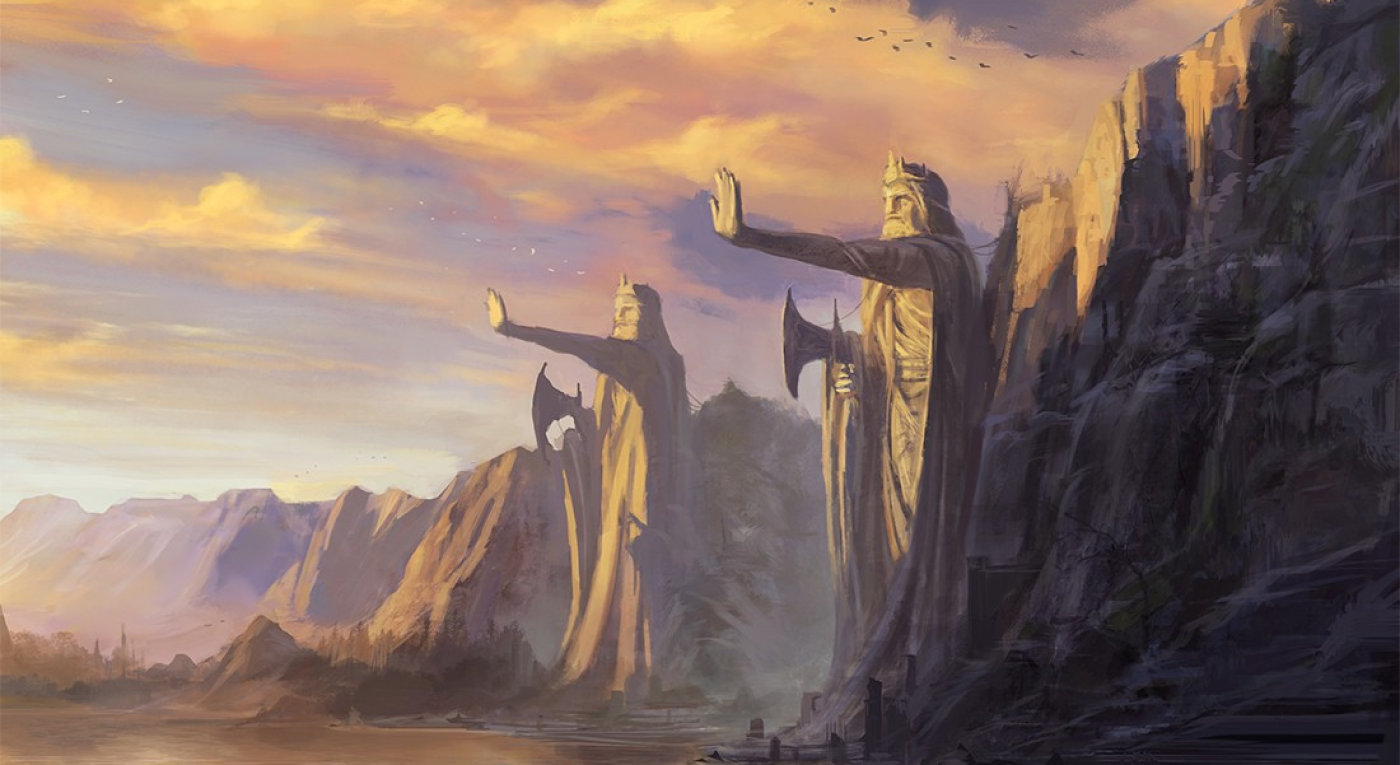Creative problem-solving is what I love most about my job, finding that clarity through the fog and clutter still gives me goosebumps. It is the main reason I wanted to become a designer. In recent years it became clear that staying curious and finding people who are better or different than me is the best way to keep growing and helps to satisfy the never ending urge to solve interesting problems.
The biggest shift in thinking I experienced was last year when I worked together with a brilliant data scientist. She introduced me to systems thinking and my mind was literally blown. My whole mental model of how I perceived the world, problems and potential solutions completely changed. No other way of thinking I knew up until then could create such a clear holistic view of the world, how it worked, who was in there, how far your information reached and what you needed to figure out next.
In my professional work I’m applying systems thinking daily and it has had a significant impact. What strikes me most about the thinking is that you are able to predict future outcomes quite accurately. I will not admit that I have done ground breaking things with it at this stage, but I’m referring to great work from others. It’s popular in fields like: economics, psychology, ecology, computer science and many others. In recent years it has grown a lot in popularity, although documentation about it goes back to the 50s and even 40s.
With my work I’m simply standing on the shoulders of giants. But I never expected to also be able to use it to unlock a type of creativity I always wanted to be able to explore.
‘Giants they seemed to him, vast grey figures silent but threatening’
I was about 10 years old when I saw the first The Lord of the Rings movie and I very vividly remember the moment the Fellowship arrives at Argonath or the Pillars of Kings. The shot of the river with these tiny boats in combination with the massive statues is something I will never forget. Small people, big world quite literally.
Since that moment I’ve always been interested in film and the art of digital world building. Something I wanted to be able to do myself. In my view it’s the ultimate problem to solve for a designer: building a believable world. Figuring out life itself. At the time though the technology was not widely available to the public. It was simply too expensive. My own professional career also steered in a different direction.
‘’In my view it’s the ultimate problem to solve for a designer: building a believable world. Figuring out life itself.’’
Fast forward to 2022 and suddenly with software like Blender and the recently released Unreal Engine 5, this has become accessible for everyone and although the initial investment of capable hardware is quite steep, once you’re there the door opens. And so as a hobby I started learning Blender, a 3D animation program to finally take some steps into this direction. Building worlds that I would like to live in myself.
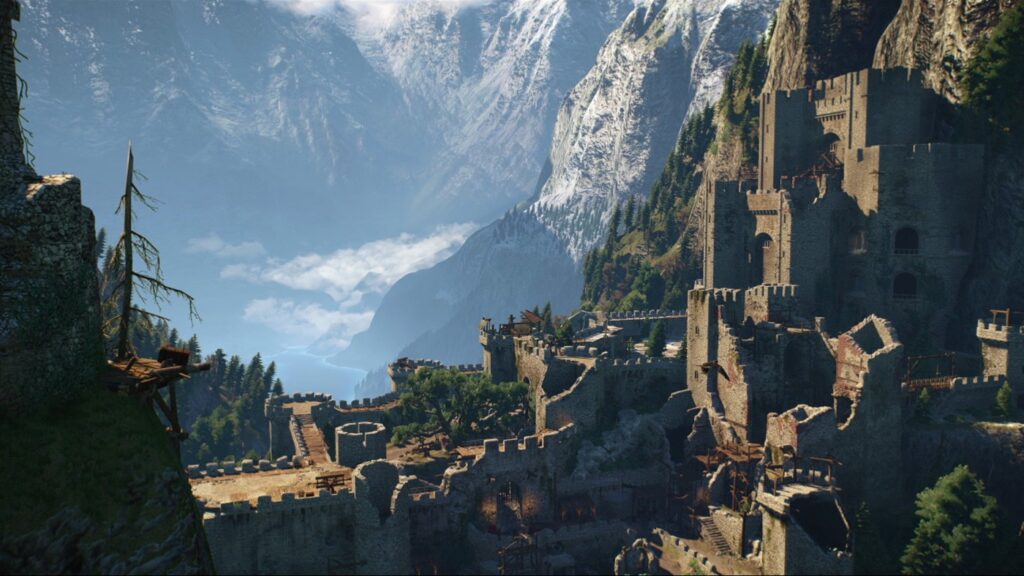
Information is everywhere
First of all: the community of Blender is one of the most amazing I have ever encountered. Maybe it’s because of the initial idea from Ton Roosendaal to develop an open-source software, accessible to everyone that created a certain attitude. Information is widely available, active forums with hundreds if not thousands of people sharing their knowledge. Patreon is quite a popular place for creators. Blender legends like Ian Hubert sharing all their tips and tricks for just a few bucks a month.
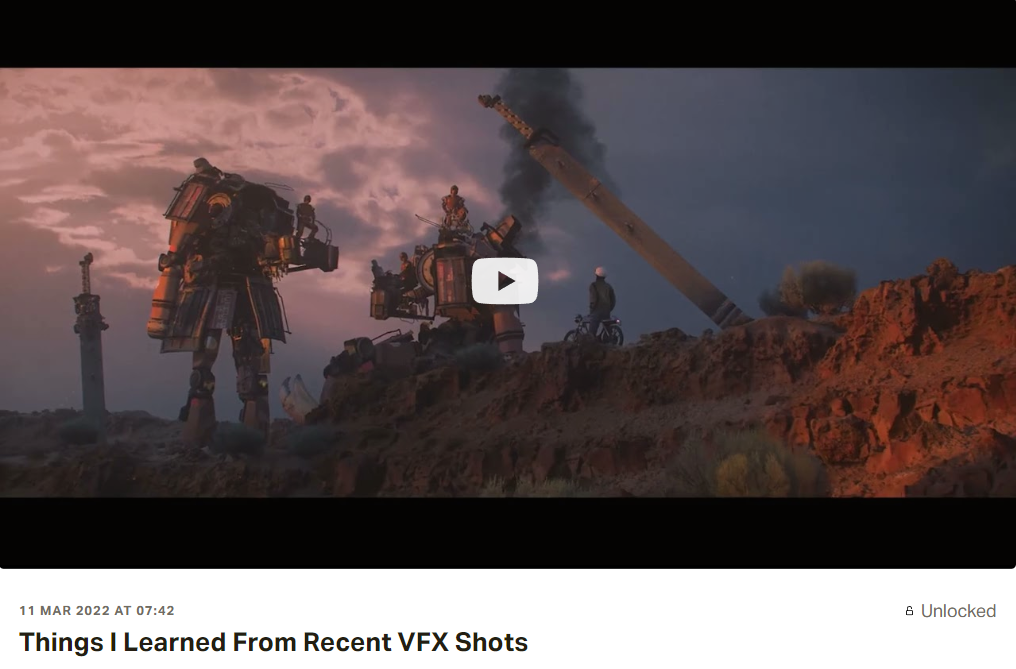
That doesn’t take away that learning a new software like Blender is pretty difficult, I’ve spend a couple of hundred hours so far learning and I feel like I’ve only scratched the surface. If you’re interested I can really recommend the CrossMind Studio 7 Day Absolute Basics Tutorial Series. Oh, it’s also for free.
Blender is being used for many different things, but in my case I want to build worlds. This also means you need to learn basically everything… about everything. How do you model a tree? How does light work? What is water exactly? How do you make sure your camera captures a large environment? How do I even create an environment? For me it’s an endless exciting journey but it also takes time, lots and lots of time.
An unlikely ally in Systems Thinking
To minimize your time consumption, optimising your workflow is one of the most important things you are working on as you progress. Modelling assets is definitely one of those things that takes a lot of time. I found myself modelling rocks, cups, shoes, headphones, screwdrivers and many other things to learn how to do it as quickly as possible.
But the above is all relatively compact to create, but what if you want to make a mountain with trees, maybe a river? To avoid all this manual labor there is a solution called Geometry Nodes, which basically tells geometry to behave in a certain way. If you combine several nodes, you get a system. See where I’m going with this?
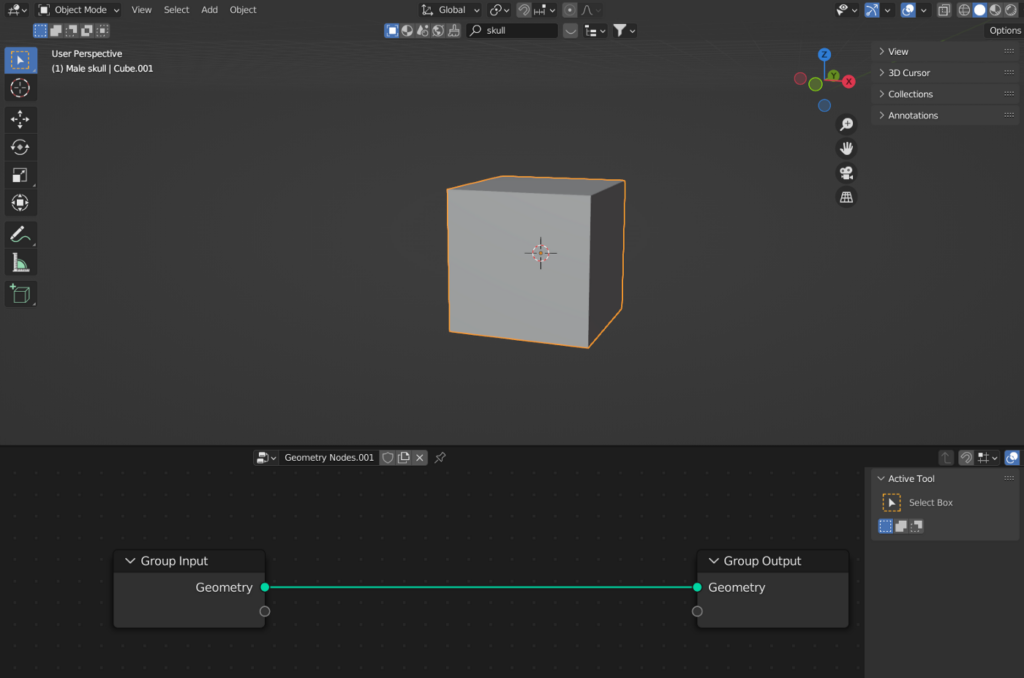
It is a genius solution and optimizes your workflow immensely, the person who came up with the idea to let go of the classic interface design software has been using for decades deserves a medal. I know Blender is not the first software to introduce this, but I just want to emphasise how brilliant this idea is.
Overall the consensus is that it’s quite hard to learn though, suddenly using a system to influence your work is something you have to get used to. This is where my experience with systems thinking comes into place. Creating a holistic overview that analyses a system as a whole and its relationships, that is exactly what this is. Influencing the relationships or adding new ones generates new outputs. By running experiments you can iterate and create whatever you want. Within the limits of technology of course. Your world is basically build out of a systems map.
A concrete example of creating an environment
In most cases if you want to build a world you start with a ground to build it on. Let’s say you want to build a river. To create a believable river bed you need to create the illusion it’s a muddy object where water flows through. Doing this manually would take hours and one of the key elements of making things look natural is randomness, we as humans are not very good at that. Very early on in the process you will notice you are repeating the same patterns and it looks nothing like a river bed (I’ve been there). But there is solution to that. We create a systems map that tells the geometry what to do.

You can set up a system that tells Blender: create a grid, divide it into many different sections, I want it at this position in 3D space. Done.
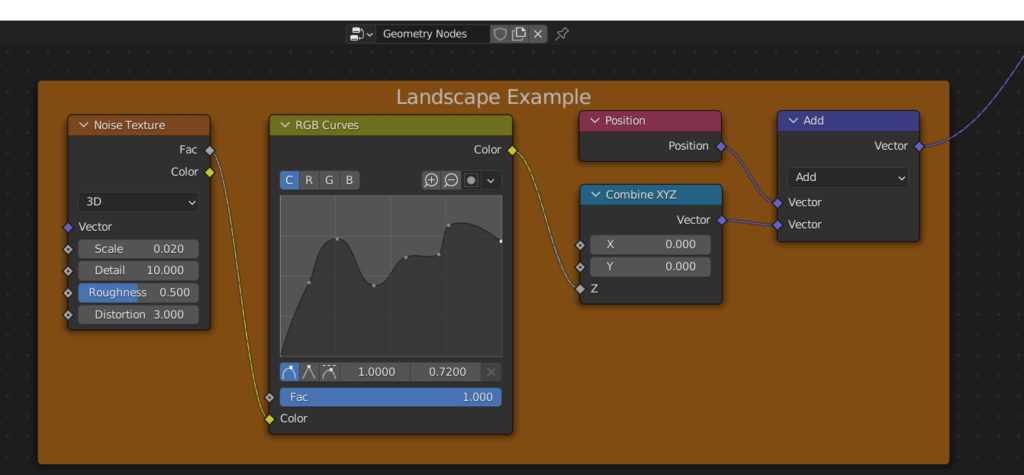
Then we tell the system: create a noise texture (random messiness within all the sections). We then say: I want it to create height differences like a river shape in the middle and muddy river banks on the sides, these are the curves in the second node. Then from this input create a solid object on the vertical axis, so I can put it on the ground.
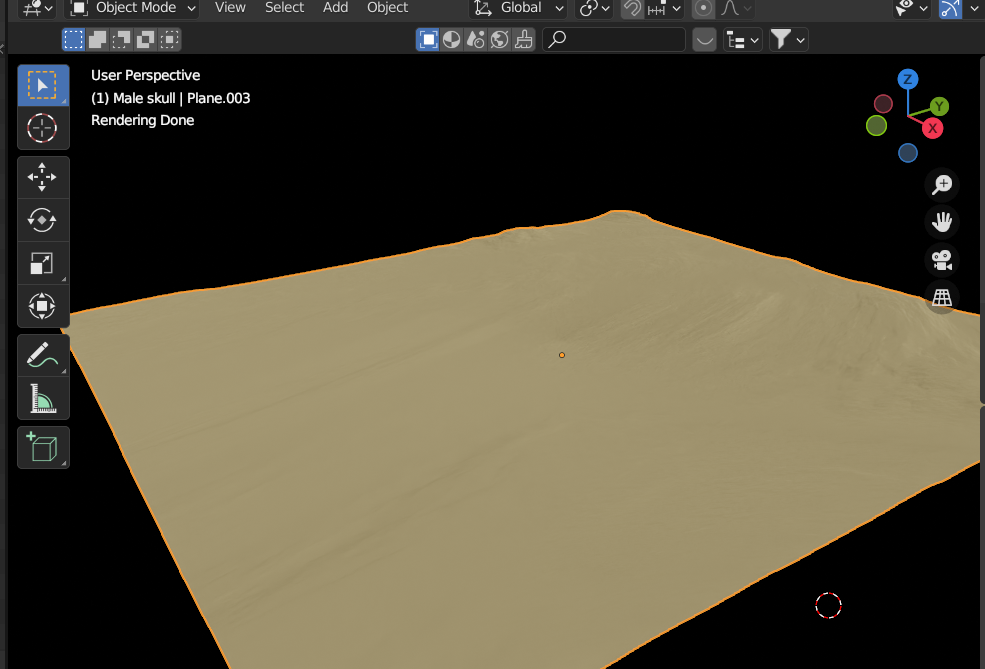
Manually creating all these little shapes and slides into the ground would take forever, especially when you want to make things look natural. But with just these couple of nodes we can start building our river and move over to more important stuff like water, vegetation, rocks, light and all the other things that eventually lead up to my latest creation. A river inspired by the HBO show True Detective.
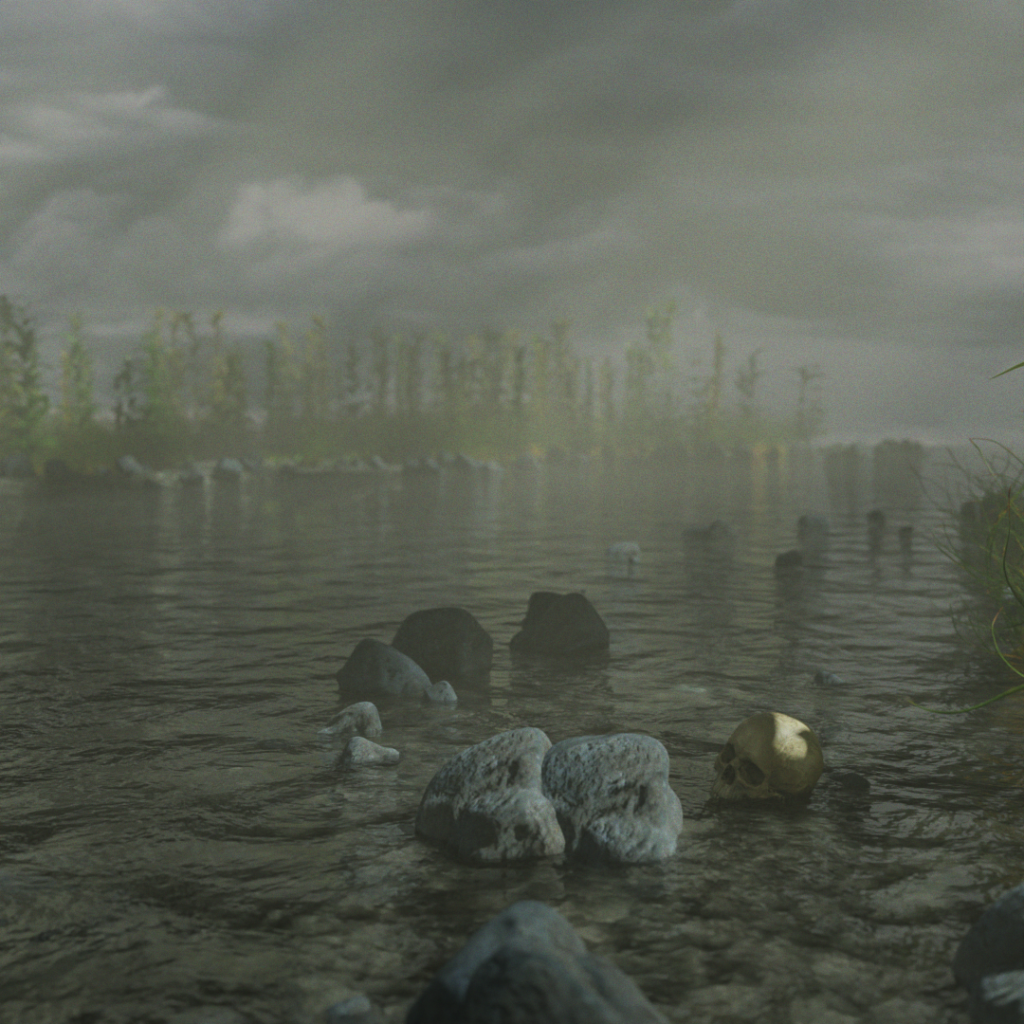
Of course it is a little bit more complex and learning what type of nodes are compatible or not and influencing the values is something that takes time. But I believe that systems thinking is like a muscle you can train. Once the muscle is trained you can focus on the creative part. The less obstruction you have from the tools you’re working with, the better your creativity flows.
At the moment I’m also learning a lot about this methodology and I’m nowhere near where I want to be with geometry nodes and Blender in general, but I wanted to share this story because it has surprised me time and time again how applicable systems thinking is in both my professional career and personal life.
I haven’t spend any effort on explaining exactly what systems thinking is, simply because I think there are others much better at it than me. A good place to start is Michael Goodman, you can find a lot here. Have fun!


